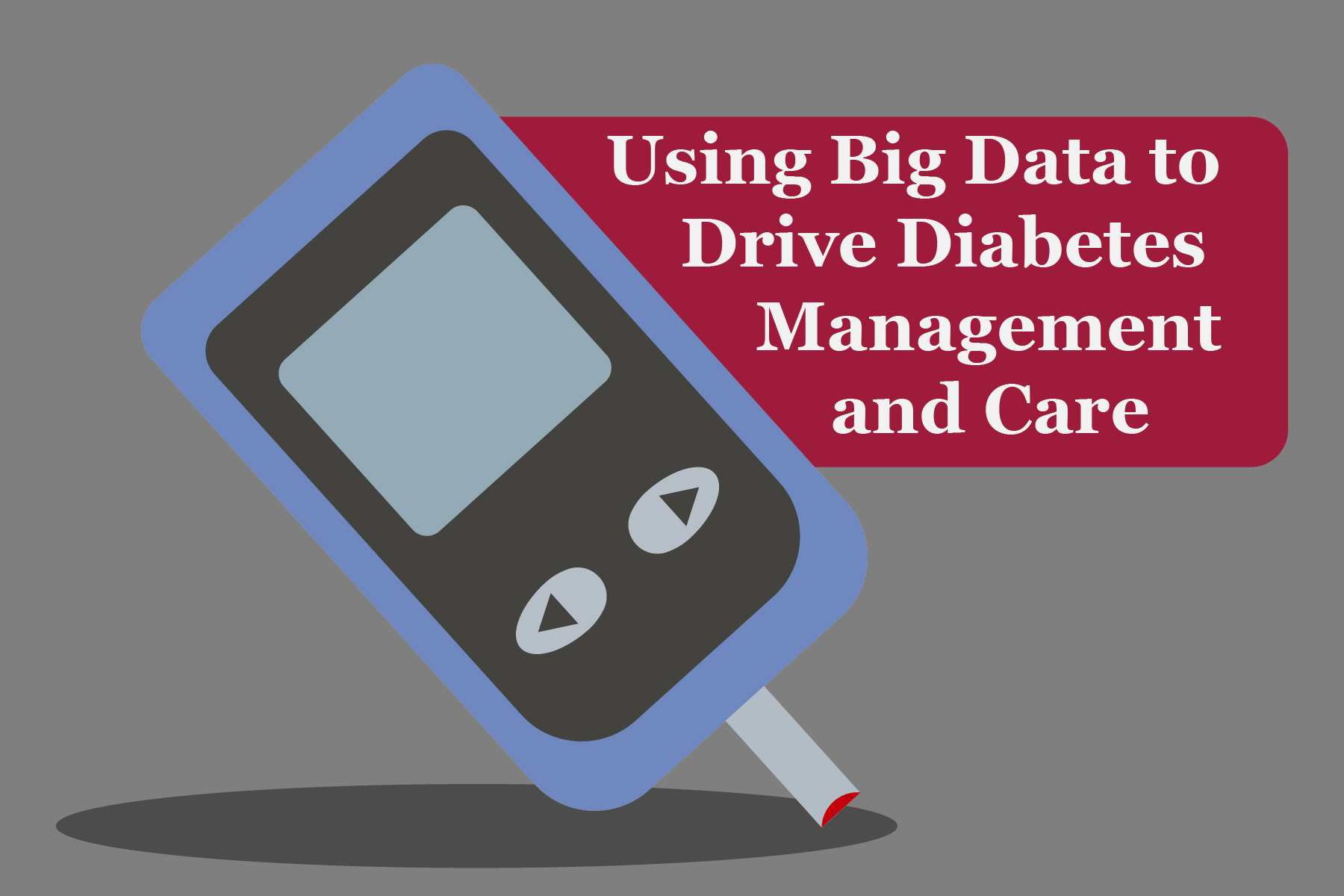A chronic disease that has affected many people in the US is Diabetes. Based on the 2020 statistical report from Diabetes Research Institute Foundation, the number of people suffering from Diabetes is 34.2 million people which is 10.5% of the current US population.1 We have existing methodologies through which we can detect if a person has diabetes, but as a software engineer, I think “is there a way we can detect or predict if a person might potentially have diabetes using current and historical patient data?” This is where my research on Diabetes management and care brings me to the platform of Big Data.
Simply, Big Data is defined as the gathering of massive data from multiple sources, compiling and feeding it to a computing system for analysis. In the case of Diabetes, there are Petabytes (1 Petabyte = 1000000 GBs) of data consisting of information for people diagnosed with Diabetes, their treatment plans including the list of medications or drugs, their metadata such as age, gender, lifestyle habits, and the timelines, indicating which drug was most effective to reduce sugar levels as quickly as possible. This data might be collected from sources such as smart glucometers, EHRs/PHRs (Electronic/ Patient Health Records), Diabetes specific public Cloud storage, and hospital information systems.2
All this data is then fed to the Big Data tool or an algorithm such as the popular Hadoop (Map/Reduce/Filter tool) for analysis. If such tools are integrated with AI algorithms, the system will learn the behavior of millions of people along with their lifestyles to determine which major elements led to diabetes. In the end, the most significant target of Big Data analytics is to derive conclusions and orchestrate valid hypotheses. From a perspective of Diabetes care, if these tools are remotely connected with insulin delivery systems, every patient data would be instantly analyzed based on this Big Data set, and precise medication delivery would be triggered, facilitating enhanced Digital healthcare services. 2
While researching Big Data algorithms to manage Diabetes, I found about Data Mining which is the actual component that performs analysis on Big Data. For a new patient, if all patient history is inputted in the system, the Data Mining tool would provide customized plans including medications for managing Diabetes. But then, I also thought what if I rerun the same tool for existing patients. How would that work? This would be incredible as doctors would get to know what novel methods are present to manage Diabetes and shift patients towards new treatment plans, which are utilized by many patients having similar lifestyle patterns and are proving useful for controlling sugar levels. Additionally, if similar Data Mining reruns are performed on new patient data during general health checkups, this tool would provide decisions indicating if a user might be classified as a Diabetic depending on the recorded medical history and lifestyle patterns.3
As discussed, these Big Data tools would help classify patients as Diabetics and provide custom treatment plans. Working in the medical device industry, I have learned any medical device which helps in diagnosis, cure, or treatment should be validated and therefore, Big Data is not an exception. To put it simply, this tool must be thoroughly tested and inspected from a quality or safety perspective which also means following the FDA guidelines.
For Big Data tools, as it includes data collection from multiple resources, an important step is to check the veracity of these sources. All the sources through which this data is collected should be validated to check that the information is true and accurate. As the final hypothesis or decisions thrive on this data, if there are anomalies present in datasets, these anomalies would ultimately affect final decisions. Also, any software engineer would perform unit-to-system level testing with in-depth code inspections as it always helps identify any risks present in the system, such as potential security breach points or unnecessary use of loops which affects performance. Overall, the system should be well tested and validated before it is released for clinical use.
In my opinion, Big Data is an incredible tool which is helping patients by closely analyzing their lifestyle patterns with medical history to provide a customized Diabetes management and care plan. But manufacturers should make sure their tool is validated. Do you have a Big Data tool that needs validation along with an FDA approval or clearance? Our quality and software experts can not only help validate your system but also guide you to ensure your medical device is FDA compliant. Contact us at 248-987-4497 or info@emmainternational.com for additional information.
1Lauren Schrier (2021). Diabetes Statistics. Retrieved on January 31st from https://www.diabetesresearch.org/diabetes-statistics#:~:text=34.2%20million%20people%2C%20or%2010.5,%2C%20economic%2C%20and%20ethnic%20backgrounds.
2Kyleigh Roessner (April 2019) Big Data Are Changing Diabetes Management in Big Ways. Retrieved on January 31st from https://www.abbott.com/corpnewsroom/diabetes-care/big-data-are-changing-diabetes-management-in-big-ways.html.
3Rumbold, J. M. M., O’Kane, M., Philip, N., & Pierscionek, B. K. (2020). Big Data and diabetes: the applications of Big Data for diabetes care now and in the future. Diabetic Medicine, 37(2), 187-193. Retrieved on January 31st from https://onlinelibrary.wiley.com/doi/full/10.1111/dme.14044.





